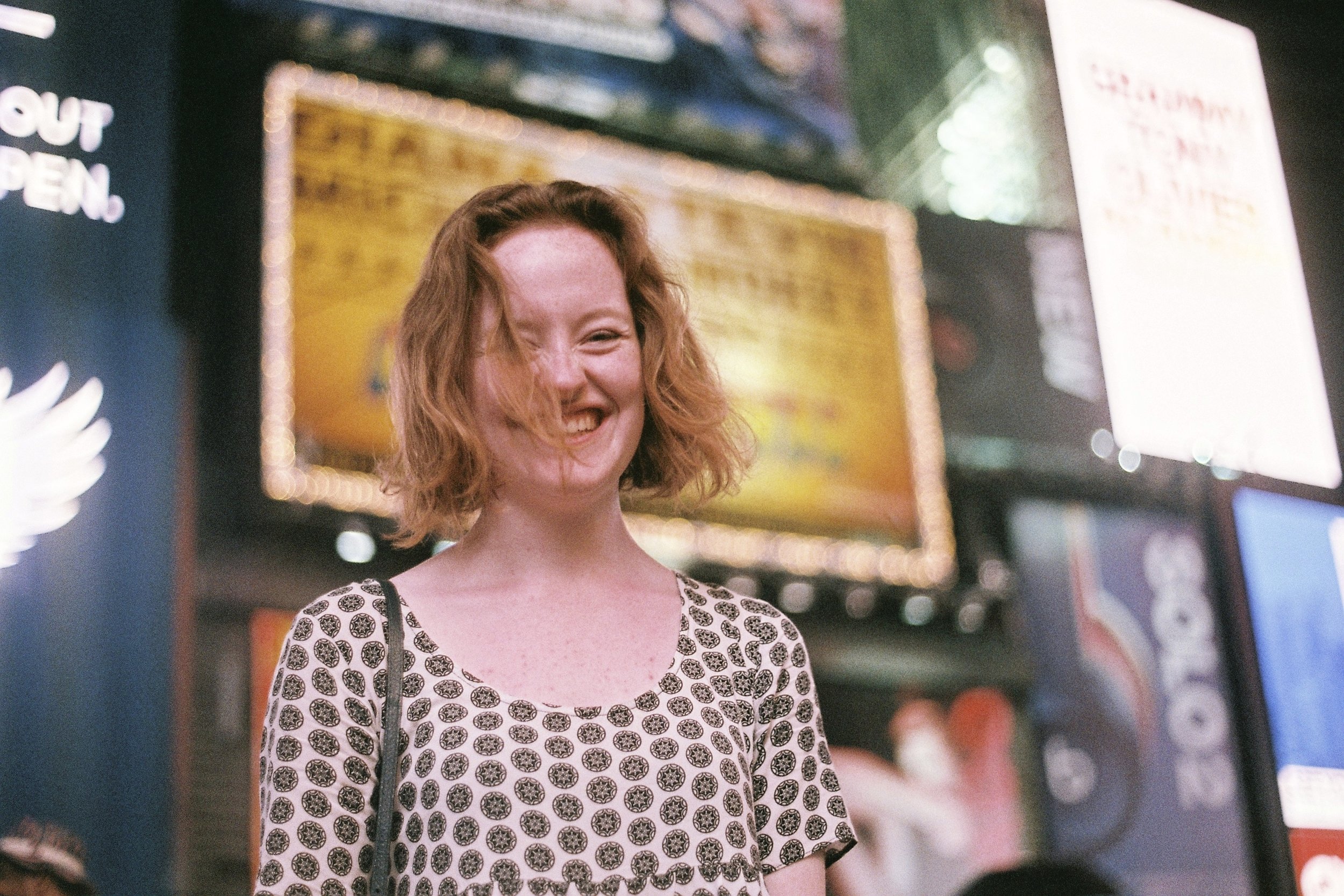A Good Portrait
Ever since finishing my finals and committing to the unpaid internship game for the conceivable future, I have been considering my options for making any form of money before the age of 23. It has led to finally biting the digital bullet and deciding to invest in a big old fancy DSLR, and one of the most lucrative uses of a big old fancy DSLR is making people pay you to photograph them. People bloody love pictures of themselves. During my my last few months pre-finals I decided to give some portraits a shot; a Facebook status appeal for subjects elicited so many responses that I managed only about a quarter of respondents. At this time in our lives where we’re all so painfully aware of change and transition (and job applications), the appeal and value of a good picture of self can’t be over-estimated, and it got me thinking: what exactly makes a good portrait? Or perhaps more importantly, who?
For me, posed portrait photography is somewhat new territory. I like to take candid pictures, and most of my favourite personal portraits are in no way posed - something a lot of photographers from Diane Arbus to Brassai would denounce as a terrible way to document others. (I prefer Susan Sontag’s view that “there is something on people’s faces when they don’t know they are being observed that never appears when they do… their expressions are private ones, not those they would offer to the camera”.) It’s something I often get flack over from my friends - “can you please WARN ME NEXT TIME” - but I take photographs in order to record my life and create physical moments that I want to remember, and most often those are not the ones where you’ve all lined up in your most flattering positions and smiled for long enough that you look dead inside. It’s gotta be natural, man, it’s gotta encapsulate the moment, evoke an emotion, tell a story, blah blah blah - but I will insist that it's the candid photos that you look back on with fuzzy sentimentality, not the bared grins into the iPhone selfie camera. When I look at my favourite portraits that I have taken over the years, they are almost without fail of people who mean the most to me; my very best friends, romantic interests, my family. It’s easy to argue that that’s mainly because they’re the people I spend the most time with and therefore photograph the most, and perhaps that's true, but there’s also a question of intimacy and trusting someone to record you at your most relaxed and most natural. What I appreciate most about photographing my closest friends is that they have come (been forced) to accept that the camera is just there as a part of the conversation, and it doesn’t need to be posed for.
Last year my mum and I went to the David Bailey exhibition at the National Portrait Gallery, where his iconic celebrity portraits of everyone from Diana to Johnny Depp were displayed in the context of his wider body of work. It was a decent exhibition, but at the end my mum commented that having now seen all Bailey’s other photographic efforts she wasn’t so sure that he was actually such a fantastic photographer after all; his portraits are indeed fantastic, but even more so in their contrast to the distinctly average nature of everything else. A good portrait is not as entirely dependent on equipment and technique as the kind of relationship a photographer can foster with their subject, whether they've known them for a day or a decade. The very best pop culture photographers - Bailey, Leibovitz, Testino - often achieve the results they do from being fun, interesting people that their subjects can relate to, that people want to spend time with, and who can make those they photograph as comfortable and enthusiastic about the presence of a camera as if it wasn't there at all.
My highest mark in my degree was an elective essay on the impact of photography on 19th century painting (pick what you're interested in, right?), and I particularly focussed on its impact on the style and process of portraiture. Instead of staying in and actually reading for the essay I went to a party a few nights before my deadline - all in the name of research - and interrogated a friend halfway through an oil painting degree at the Florence Academy of Art; what extent are they encouraged to use photographs as an aid when producing oil portraits? He told me that they avoided it as much as possible; that a successful painting process was painfully dependent on your sitter being present in the flesh; that it was the visual interaction between artist and subject that entirely defined the finished product. And I thought that a very succinct summary of a good portrait - in any medium.

